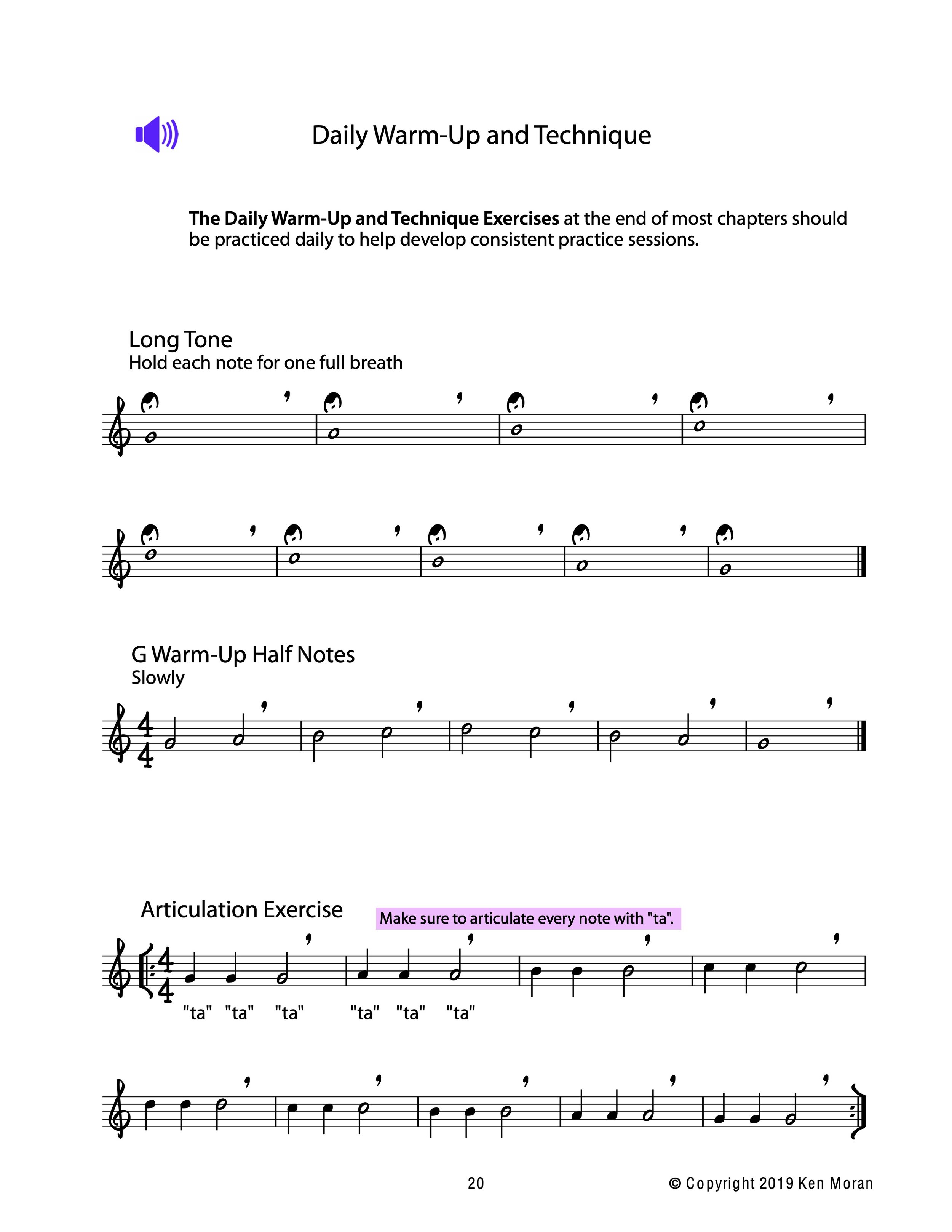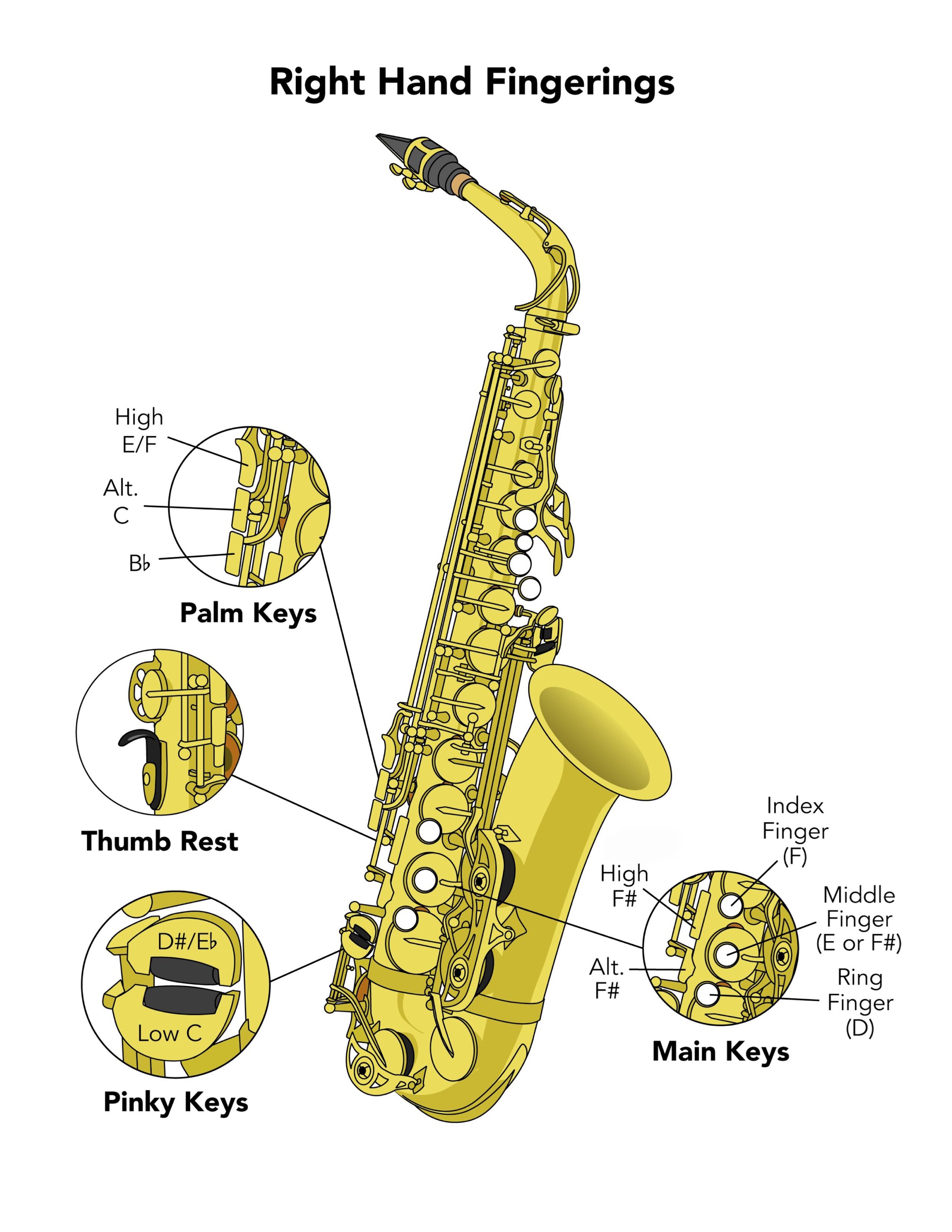Warming up--Daily Longtones for Flute, Clarinet, and Saxophone
Ken Moran
I recently prepared this handout for a clinic at the Blach Middle School in Los Altos and figured I might as well post this on my blog in case anyone else in interested. Included here are longtone exercises for flute, clarinet, and saxophone. Warming up is essential to having a productive practice session, and one of the best warm-ups is longtone exercises. I have notated one longtone exercise for each instrument. I either practice these myself or think they are beneficial for beginning/intermediate students.
The first exercise is for flute. When playing this exercise, focus on producing a full and round sound with good intonation. You can start on "B" if you have a B foot on your flute and ascend past "G" if you want a challenge! When jumping octaves, keep the lower fingering for the higher octave--this gives you the overtone and is great for your sound. FOR ALL INSTRUMENTS: ascend chromatically in half steps. Practicing exercises chromatically is a quick, easy, and systematic approach to go through many of your exercises.
Moving on, the saxophone longtone starts on low "D", but if you can play down to low Bb I would recommend starting there. Additionally, you can ascend all the way to high "F" and beyond for more difficulty--I practice up to altissimo "D". Start from nothing (if you can) and crescendo to maximum volume, then decrescendo back to nothing.
For clarinet, start from nothing on a low "E", then crescendo to maximum volume, pop the register key and decrescendo back to nothing. Unfortunately, for this exercise we can only ascend to middle "F". Great for the tone and embouchure!
Because I play a substantial amount of jazz, I practice all my scales with jazz articulation. Start slow and work up to a faster tempo, eventually with the metronome beat on 2 and 4. I tend to pick one out of the essential scales (Major, Dorian Minor, Melodic Minor, Harmonic Minor, Dominant) to practice everyday. You CAN practice all 60 scales if you have the time.
Finally, I have included the full range chromatic scale for all three instruments at the bottom of the page. You will see brackets indicating where to start and end longtones for each instrument. I hope this helps you on your quest to be a great player! See you soon.









